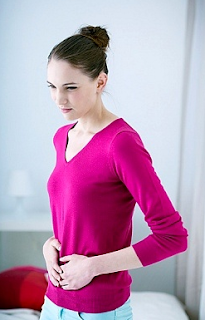
Q: What is a bleeding disorder?
Marla Ahlgrimm: A bleeding disorder is a health condition that affects the body’s ability to properly clot blood. People with bleeding disorders tend to bleed for extended periods and bleed out more so than those with normal clotting abilities.
Q: Are bleeding disorders unique to women?
Marla Ahlgrimm: No, anyone can be affected with bleeding disorder. However, reproductive-age women are at a greater risk of complications due to menstrual periods and childbirth.
Q: Are heavy periods an indication of a bleeding disorder?
Marla Ahlgrimm: While a heavy menstrual period is not always a sign of a bleeding disorder, it can be. A woman with a bleeding disorder may experience bleeding for seven or more continuous days and may need to change their pad or tampon every 60 to 120 minutes. While clotting is normal with menstrual blood, clots larger than a bottlecap may indicate abnormalities. A woman with a bleeding disorder may experience a significant disruption in her day-to-day life while on her period.
Q: What causes bleeding disorders?
Marla Ahlgrimm: Bleeding disorders are often inherited from one or both parents. However, bleeding disorders may occur outside of genetic factors. Liver disease and advanced kidney disease can all make it more difficult for blood to clot. Certain medications, including long-course antibiotics, anticoagulants, and pain medicines can thin the blood and make bleeding difficult to stop. Further, a thyroid hormone imbalance can also trigger a bleeding disorder.
According to Marla Ahlgrimm, non-menstrual signs of a bleeding disorder include excessive bruising from minor injuries, regular nosebleeds, bloodied urine, anemia, and internal bleeding that affects the organs, joints, and muscles.